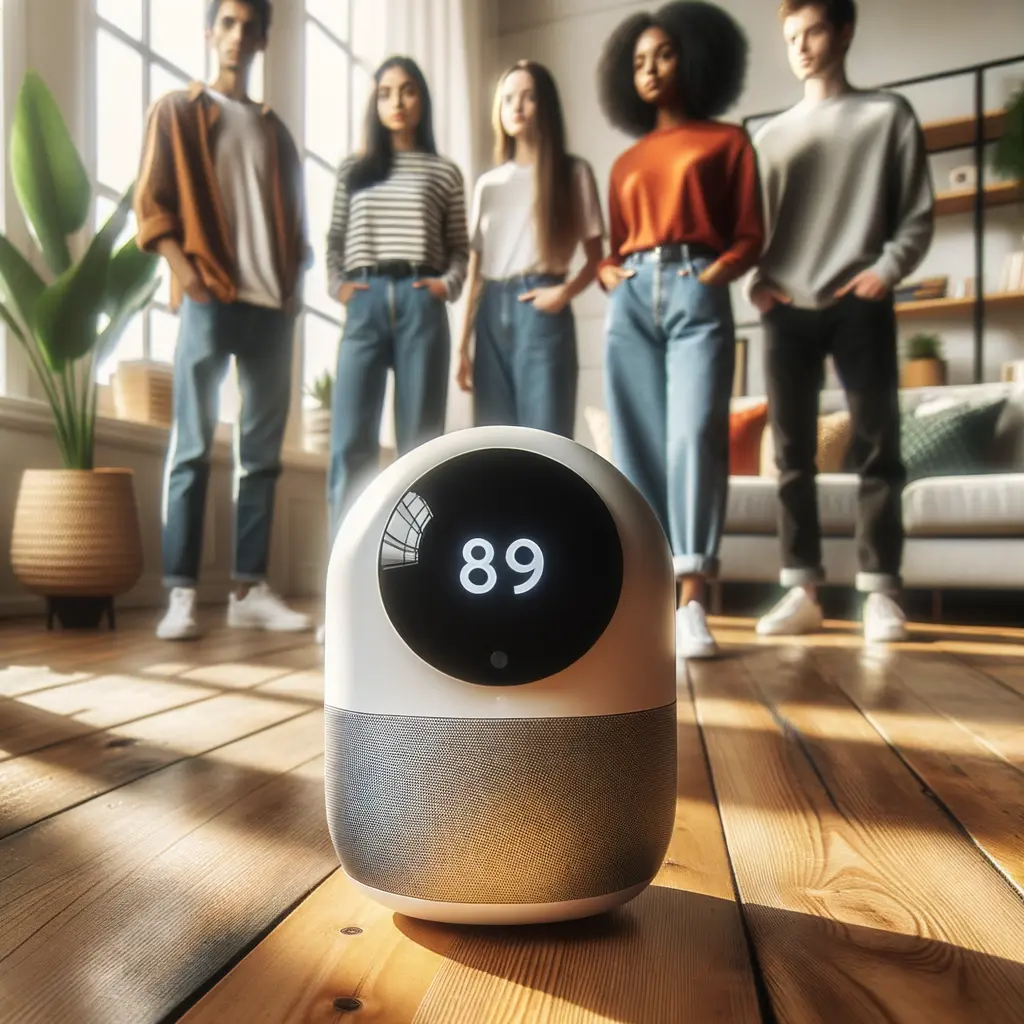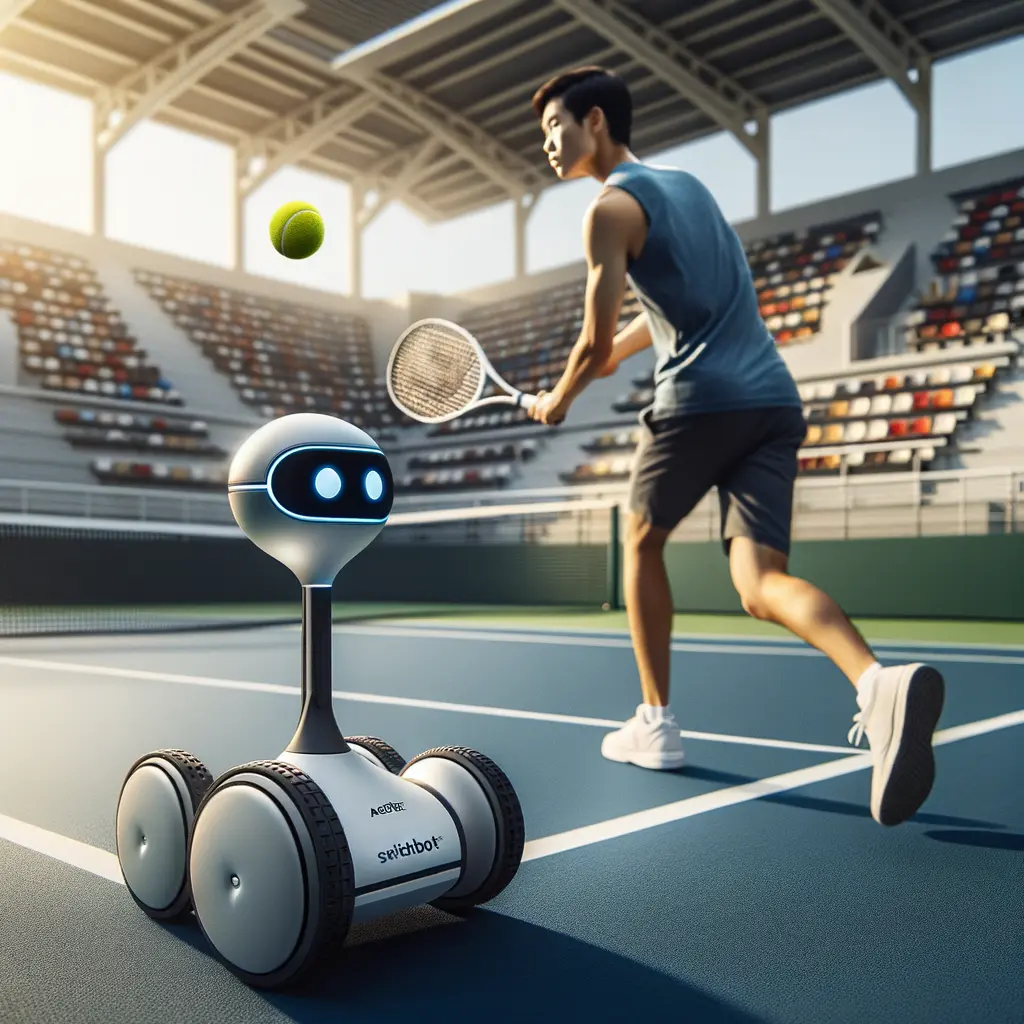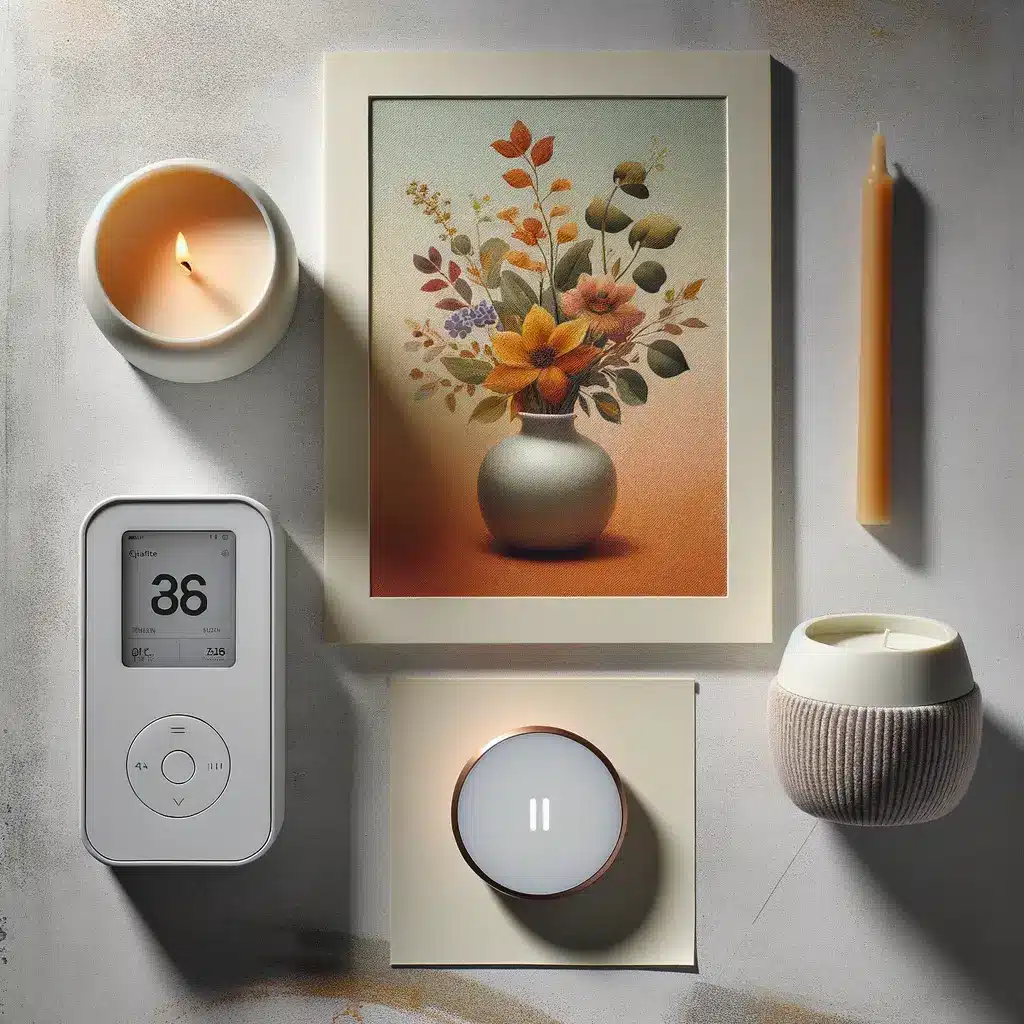IFA 2025 Recap: Why SwitchBot’s Line-Up Stole the Show
IFA—pronounced “ee-fa” by the locals—has always been the place where bold consumer-tech ideas surface, but IFA 2025 felt different. The crowd inside Messe Berlin gravitated toward a single stand: SwitchBot. Over the past few years the company has gained a cult following for turning quirky concepts into reliable products, and this year they eclipsed the competition with a flurry of announcements. Center-stage was the new SwitchBot AI pet, a palm-sized companion called KATA Friends that mixes robotics, computer-vision and a surprisingly playful personality. Just a few metres away, journalists queued to rally against the blisteringly quick SwitchBot tennis robot, while home-automation enthusiasts dissected the brand-new AI Hub capable of reading camera feeds like a human. Add a battery-powered SwitchBot presence sensor, a smart candle warmer and a colour e-ink frame, and you can see why the booth buzzed from open to close. In this article we’ll unpack every highlight from the SwitchBot IFA 2025 showcase—specs, pricing expectations, release windows and the real-world impact these devices may have on your daily routine. Whether you’re upgrading an existing SwitchBot ecosystem or just dipping your toes into smart-home tech, the innovations below prove that a thoughtfully designed robot or sensor can still feel magical in 2025.

Meet KATA Friends: The SwitchBot AI Pet That Understands You
KATA Friends, better known as the SwitchBot AI pet, looks like a playful desk ornament, yet under its glossy shell lives an on-device LLM, a full-HD camera hidden behind a button-nose and enough edge computing power to recognise voices, faces and everyday objects in real time. Ask the SwitchBot AI pet to tell a joke and it responds with emotive OLED eyes; ask it to patrol a room and it records short security clips to your phone. Because the conversational model runs locally, privacy is stronger than most cloud-only competitors. Cloud processing is still available for more intensive visual-language tasks—think identifying a missing TV remote or recognising when your dog sneaks onto the sofa. In daily life the SwitchBot AI pet doubles as a smart-home interface: say “KATA, dim the lights to 30 %” and it forwards the command to your SwitchBot Hub. If you already own the Hub 2, expect full Matter support at launch; pair it with the new AI Hub and automations become almost cinematic. Early demo units show four pastel colourways, swappable ear accessories and a magnetic charging puck similar to an Apple Watch. SwitchBot hinted at a US$149 launch price, positioning the gadget directly against pricier social robots. For anyone who dismissed robotic companions as gimmicks, the SwitchBot AI pet could be a surprisingly useful desk buddy—and a serious gateway into the brand’s broader ecosystem.

Acemate in Action: SwitchBot Tennis Robot Serves Pro-Level Training
The buzz grew even louder when SwitchBot wheeled out Acemate, the first SwitchBot tennis robot capable of returning 120 km/h topspin forehands on a regulation court, yet agile enough to chase drop shots in a booth-sized demo space. Technically Acemate is co-developed with a sports-tech partner, but it leverages SwitchBot’s SLAM navigation, battery management and brushless-motor expertise. For amateur players the benefit is obvious: reliable, personalized practice without booking a coach. A mobile app lets you feed in stroke sequences, spin levels and court zones; built-in LiDAR keeps positioning dead-accurate within ±2 cm. Reviewers on the IFA floor noted that compared with classic ball machines, this SwitchBot tennis robot glides rather than pivots, eliminating dead zones. A future firmware update promises multiplayer drills, filming each rally on a 4K gimbal camera, then analysing footwork with AI. Although pricing is still under wraps, SwitchBot hinted at a subscription model for advanced analytics much like Peloton’s. For homes lacking a full-size court, an indoor mini-net mode throttles power and collects foam balls—perfect for basements or clubs with limited space. If you found our earlier guide to setting up the SwitchBot Curtain Motor helpful, expect similar plug-and-play simplicity here: scan a QR code, follow the lidar-calibration prompts, then start your rally. With the SwitchBot tennis robot, the brand extends far beyond door-lock actuators into serious sports robotics, potentially rewriting how athletes train at home.
AI Hub Smart Home: Vision-Powered Automations Take Center Stage
Smart-home hubs usually juggle radios and voice assistants—but SwitchBot’s new AI Hub smart home centerpiece adds something unique: the ability to “see”. The puck-shaped base pairs with any SwitchBot camera or doorbell, pipes live snapshots into an on-board NPU and converts what it finds into natural-language events you can reference in automations. Instead of the typical “if motion detected” routine, think “if the camera spots my golden retriever leaving through the patio door, flash the hallway lights red and send a Telegram alert.” During the IFA demo, representatives showed the AI Hub smart home engine identifying delivery boxes, tracking vehicle colours and even reading the pressure gauge on a boiler—all without sending raw footage to the cloud. Data-privacy advocates will appreciate the optional local-only mode, and Home Assistant tinkerers can expose detections via MQTT. The hub supports Matter, Zigbee, Wi-Fi and Bluetooth LE, so existing Bot curtain motors, K10+ vacuums or SwitchBot presence sensors connect seamlessly. Setup mirrors previous Hub models: plug in USB-C power, scan a HomeKit-style QR code, and the device is ready within minutes. Scheduled to ship in Q1 2026 at roughly US$99, the AI Hub could become the brains of every SwitchBot-centric household. For deeper dives, see our walkthrough on creating multi-room automations with Hub 2—most of those steps carry over with the new vision triggers.

More Surprises: Sensors, Candle Warmer & Colour E-Ink Frame
Beyond flagship robots, SwitchBot filled the booth with accessories designed to round out its ecosystem. First up is the long-awaited SwitchBot presence sensor—a wire-free, battery-powered mmWave detector that slots into a hallway or bathroom without drilling holes. Unlike a basic PIR, the SwitchBot presence sensor distinguishes between a stationary person reading on the sofa and an empty room, reducing false “away” automations. Expected battery life? Eighteen months on two AA cells. Next came a smart candle warmer, an answer to the perennial “How do you automate a real flame?” problem. Instead of lighting a wick, the device uses a ceramic heating plate to melt scented wax and releases fragrance on demand. With Alexa or Google Home you can schedule cozy aromas for movie night. The crowd pleaser, however, was a 15-inch colour e-ink frame that lasts up to two years on a single charge. Ask the AI inside to “paint autumn flowers in watercolour,” and within seconds the frame flickers through the familiar e-ink refresh cycle before presenting bespoke artwork. Because the core display module fits IKEA’s popular Lomviken frames, interior decorators have near-infinite styling options. Pair any of these releases with existing K11+ or K20 Plus robot vacuums and you inch closer to a home where ambience, hygiene and security merge seamlessly. If you missed our deep dive into SwitchBot’s air-purifier integration, now’s the time to check it out and imagine the new automations these add-ons unlock.

What the SwitchBot AI Pet & Friends Mean for Your Future Home
With each IFA cycle we wonder whether the smart-home market has peaked, and every year SwitchBot proves there is still room for genuine surprise. The SwitchBot AI pet alone shows how far conversational robotics has come: its locally processed banter feels organic, yet it doubles as a privacy-respecting controller. Pair it with the AI Hub smart home brain and your lighting, HVAC and security workflows become context-aware, reacting to pets, parcels or even changing artwork on the e-ink frame. Sports enthusiasts gain an unprecedented training partner in the SwitchBot tennis robot, while homemakers benefit from the subtle utility of the new presence sensor and candle warmer. Taken together, these products indicate SwitchBot’s ambition to be more than a gadget maker; the company wants to build an ecosystem where hardware, software and AI co-evolve. Expect firmware updates, cloud integrations and Matter certifications to roll out quickly—history shows the brand iterates at break-neck speed. If you’re already running a Hub 2, upgrading should be seamless; newcomers can start with the affordable presence sensor and scale up. Either way, the SwitchBot AI pet anchors the experience with a smile—reminding us that technology, at its best, feels friendly. For more smart-home insights, revisit our comparison of Hub 2 vs. Hub Mini or read our guide to automating air purifiers with robot vacuums. SwitchBot IFA 2025 may be over, but the innovations unveiled today will echo through living rooms for years to come.







